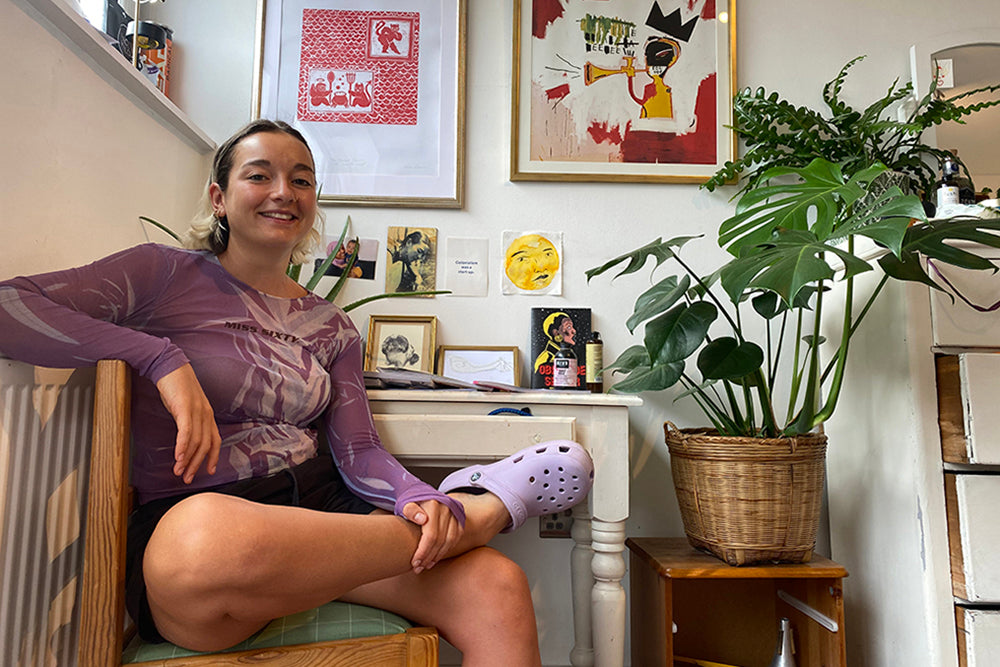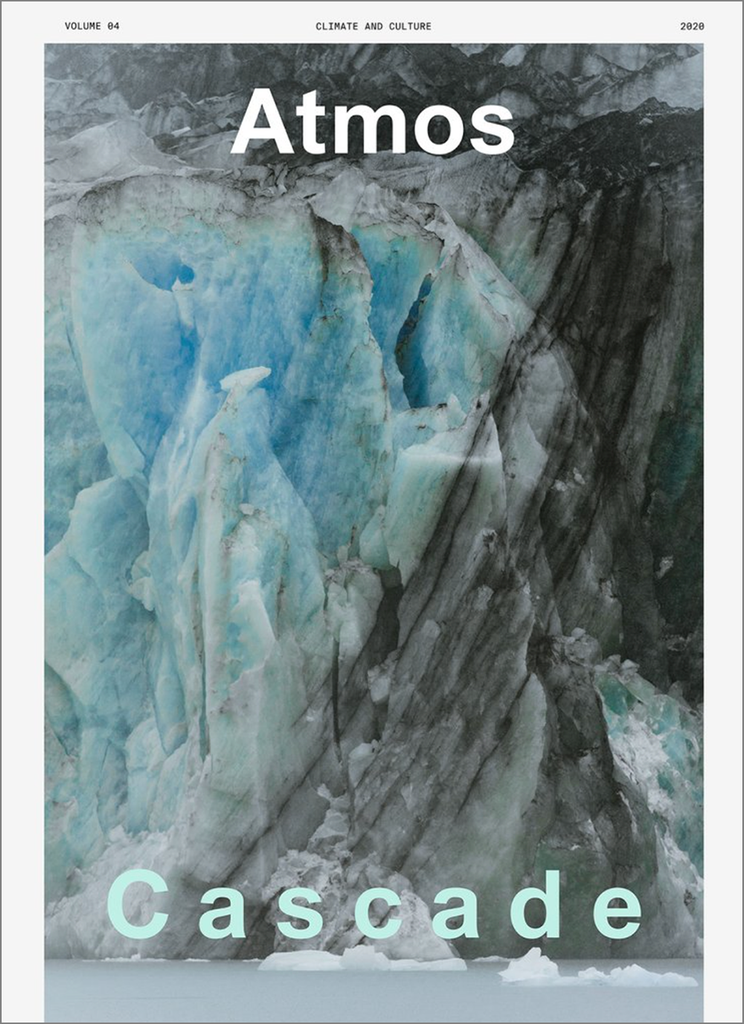
Hannah Robathan, shado
Hannah Robathan, Isabella Pearce and Erin Cobby run the print-digital platform shado as a collective to support social justice, aiming to spread the word of existing campaigns beyond their immediate communities.
We spoke to Hannah as issue four of the print edition of shado is published, covering Youth. Previous issues have looked at Global Womxnhood, Climate Justice and Migration.
What are you up to this Monday morning?
I actually consider myself to be deeply unpatriotic (and England flags everywhere felt really sinister)—but I got swept up in the Lions fever and have to admit that I found last night’s football defeat gutting.
However, the racist abuse being hurled at the players who missed penalties is disgusting; the sickening idea that non-racism was dependent on performance?—to be honest, it’s one of the main reasons I don’t support England. My patriotism was short lived!
Usually (armed with a massive coffee) I’d be catching up with weekend emails. I know there are programmes where you can schedule in things like this but I’ve always been bad at keeping up with technology so I go old-school! We have a joint to-do list with all three editors so we go through this also and try to set in some goals for the week of things we want to achieve and any deadlines we have to prioritise.
Mondays are actually a quieter day for us, because we all do part-time work on the side—on other days, we’d be on Zoom chatting everything through—so it’s more of a catching-up day and I can spend time finding new artists and writers to commission (through Twitter, TikTok and reading other publications and newsletters) which I’ll bring to the next editorial meeting.

Describe your desk and your work space.
I’ve recently moved my desk to be nearer the window in my room (anything to switch up the monotony of working from home) and my view is actually of a primary school. It’s quite good when your mind is wandering and then you’re snapped back into reality by hearing them screaming ‘what’s the time Mr Wolf’ or shoot hand-made bicarbonate of soda rockets into the estate next door.

I’m in London and so is Erin, and Izzy is in Liverpool, so to be honest we’re used to being on Zoom 24/7, even if it’s just going through emails and ideas together. We definitely miss being together and it’s great when we’re able to schedule in a day of work or even just the pub when we’re all together to properly catch up and brainstorm ideas and goals.
Are you feeling optimistic about the future?
Yes! There are always ups and downs being a Community Interest Company (CIC) reliant totally on grant funding (which is harder and harder to access). But we’re always excited by the challenge of finding new angles, new collaborations and partnerships. In terms of the future more generally, our latest issue was on the theme of youth and that was such a great one to collate and edit as it shows the power of the next generation.
We’re also really excited by the prospect of being able to host more and more in person events and community projects, which are crucial to our work!

Which magazine do you first remember?
Mizz, which I have no idea is still in print. I can’t remember it that well but have no doubt it was deeply problematic concerning gender roles, representation and body image… I remember feeling really grown up reading it though, because it was the next step after The Beano. They were also really obsessed with ‘crushes’ and once gave advice that ‘all men’ like women best who wear ‘white tee shirts and blue jeans’. I actually used to follow that.

Which magazine matters to you the most this morning?
Huck is a constant source of inspiration, in terms of political coverage of global issues. I recently hosted an event on abolition where their politics editor Ben Smoke spoke on the panel – I loved that.

I also look to Atmos a lot for their incredible imagery and climate justice focused content.

Describe shado in three words.
Self-representation, advocacy, art.

Talk us through the origins of shado.
shado stands for SEE, HEAR, ACT, DO and for us, this encompasses the different ways people are creating change. We created shado as a space to bring these people together in the hope of creating a bigger impact through collaboration.
It was important for us to create a bi-annual print edition, as well as to provide online content, as a way to physically bring the work of people together. The themes of our issues also provide a great introduction to different topics, including the work of activists, writers and artists from all over the world.
We hope that these work to offer a nuanced but global spotlight onto the issues we focus on, where there is something for everyone to engage with, even if they are new to the topic. In this way, they not only provide a celebration of the ways people are using their work to create change but also an accessible entry point for readers engaging with the issue.

What has been the most valuable thing you’ve learned from setting up and developing shado?
There is room for everyone and collaboration is key – it is only by working together and amplifying each other's work that we can hope to create change. There are so many inspiring organisations and individuals working in the sector that it has been a constantly source of inspiration and drive for us to keep doing what we’re doing

The issues you address are very broad—do they all crossover or are some of them very discrete?
Something I’ve found exciting is how all of these issues crossover in such tangible ways. For example, our first issue was on migration—which feeds totally into the following themes of womanhood, climate justice and youth—and ultimately, all these issues are interlinked.
You actually can’t look at one without the other. I’d like to think that we help to cultivate a shado community which become interested in all the topics we cover: they might have initially come for the migration discourse, and then by osmosis and proxy learned about and become interested in the other topics.
What’s next for shado?
While we’ve hosted a continuous stream of online webinars during lockdown, we’re really excited to host some more in person events! There’s nothing like building a community under one roof. We’ve recently worked with young people too, through workshops and community outreach, and we’re excited to continue doing this.
We’re also really excited to be working with a women’s football team in Liverpool over the summer, to create a short film to celebrate the power of football in bringing refugee and local communities together. We first met the team, and their captain, Comfort, last year so it has been incredibly exciting to start the project back up and see the women again at training.
What will be your highlight of the coming week?
We’re in the process of planning an exciting event with First Nations and Indigenous communities in Canada, looking at the importance of representation in the climate justice movement and beyond.
We’re also planning a few Zoom photoshoots with some of our photographers—it’s certainly a challenging brief but we’ve been seeing amazing results!


